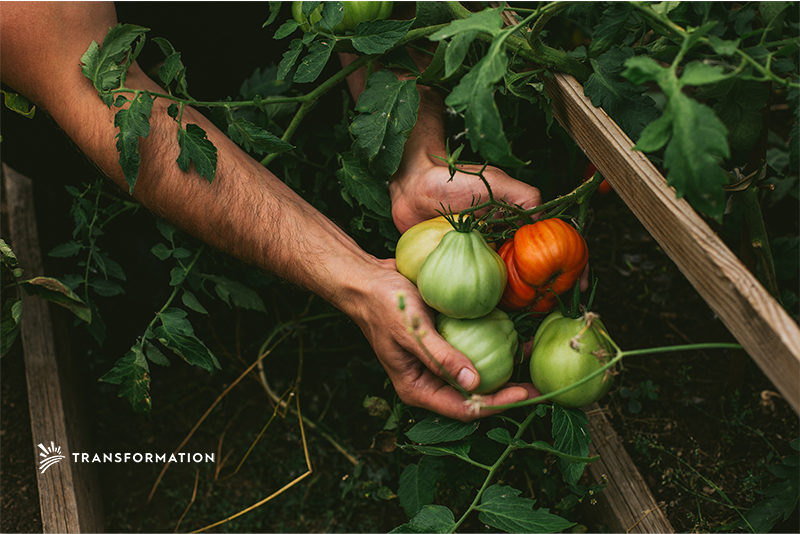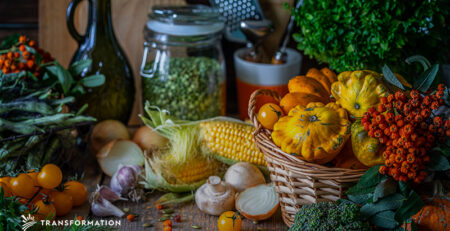Agricultural Biodiversity to End World Hunger
The growing global demand for food poses a grave challenge: How can we provide an increasing world population with a nutritious, adequate, and reliable food supply?
The obvious answer seems to be: grow more food. However, our food and agriculture system is producing more food than ever before. Even as the global population has more than doubled since 1961, the food and agriculture system produces more food calories per person today than in 1961.
The food and agriculture system is producing more food calories than ever, but the diversity of diets have rapidly decreased. Between 1961 and 2009, a comprehensive study analyzed the richness, abundance, and composition of the major food supplies eaten by 98% of the global population. The researchers found that diets have expanded in amount, calories, fat, and protein, which has supported short-term food security goals.
However, this transition means that goods are more similar in composition and less diverse. The world has more access to calorie-dense foods but consumes fewer foods abundant in micronutrients (essential vitamins and minerals for wellbeing). As a result, about 795 million people go hungry, and over 2 billion people are overweight- both struggle from the effects of micronutrient malnutrition.
As impact investors look to increase food security through agricultural solutions, it is urgent to increase the biodiversity of food crops to ensure a resilient and healthy population.
What Is Agrobiodiversity?
Agricultural biodiversity, otherwise known as “agrobiodiversity,” is the base of food and agriculture. Agrobiodiversity is the connection between many factors in food procurement and consumption, including:
- Microorganisms, plants, animals contributing to food
- Inputs that support food production (pollinators, soil nutrients)
- Nonliving factors impacting ability to grow/obtain food (temperature, structures of farms)
- Socioeconomic and cultural influences on what and how to eat
Increasing agrobiodiversity has many strengths, including increased genetic diversity, nutrition, climate change resilience, and supporting traditional diets. Currently, many local crops have limited demand in larger markets due to low awareness, and as a result, have decreased farmer incentive to grow underrecognized foods.
However, many minor traditional crops have health characteristics that will continue to attract the ever growing base of vegetarian and gluten-free consumers. This underutilization of minor traditional crops provides an exciting business opportunity for impact investing seeking to benefit the environment and human health.
Business Opportunity: Value-Added Food Products
Growing demand for fair-trade and organic health food products has created international value-added supply chains that can support farmer financial wellbeing and investors with opportunities to invest in agrobiodiversity.
The rapid expansion of quinoa, a traditional crop from the Andes, presents an interesting case study. Unlike other staple grains, quinoa maintains productivity on poor soils under conditions of water shortage and high salinity. Quinoa seeds also have well-known health benefits as an excellent source of protein, minerals, and flavonoids.
Health-conscious consumers have driven the growth of the international quinoa market. The global quinoa market was valued at around $61 billion in 2016. Market projections forecast that the market will be $149.3 billion in 2026. The continued expansion and success of the quinoa market demonstrate high potential for sustainable traditional food crops to support local farmers and health.
Conclusions
According to the Food and Agriculture Organization of the United Nations (FAO), ninety-five percent of the world’s calories come from only thirty food species. The result is shocking: three-fourths of global calories come from only twelve food plants and five animal species. With climate change threatening all areas of life, food production needs to be diversified to ensure resiliency. Impact investors have an exciting opportunity to increase human health and climate resiliency through expanding the diversity of food products in value-added markets.




Leave a Reply